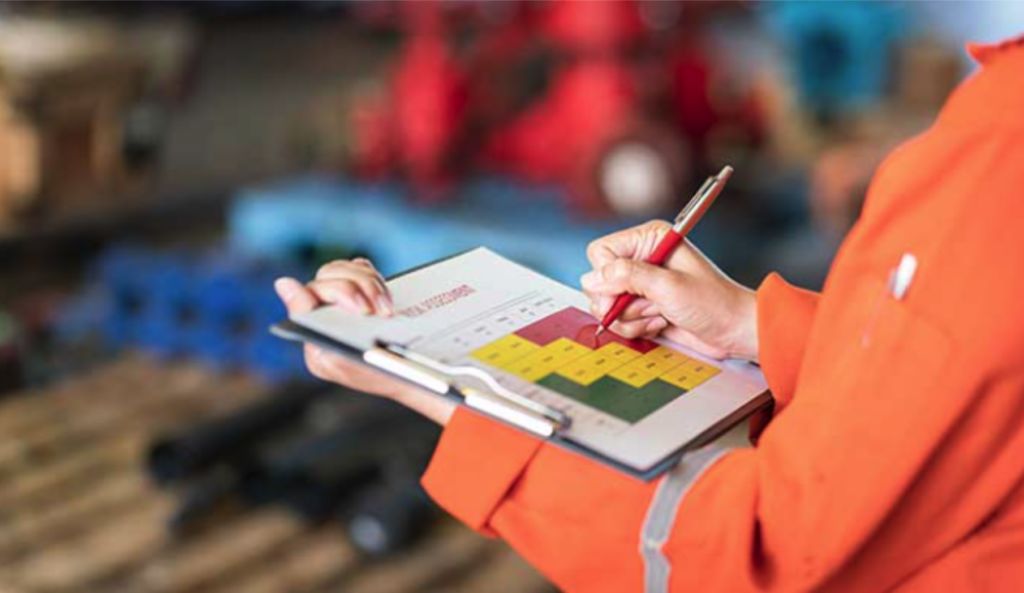Late last year, Louisiana became the most recent state to implement a state-run voluntary environmental self-audit program. The Louisiana Department of Environmental Quality officially published the program on December 30, 2023, intending to allow facilities to identify and correct any failures to adhere to environmental compliance laws. The goal of the program is to reduce the need for enforcement at the state and federal levels by providing incentives for self-detection. As is congruent with the precedent set by the federal Environmental Protection Agency (EPA) in 2000, Louisiana joins other states, including Texas, in offering full or partial reduction of civil penalties that apply to state and federal environmental laws. While Louisiana’s new policy differs from the federal and Texas law in regards to eligibility and procedure, the state offers both 100% and 75% penalty reductions depending on the conditions of noncompliance.
Comparison to Existing Programs
While the bulk of Louisiana’s new program shares the same framework as Texas and the EPA’s programs, there are some significant differences in the fine print.
Both Louisiana and Texas require notification of the audit in order for a facility to begin the self-audit process, however, the EPA does not (Liskow). There is no explicit mention of prior notice in the EPA’s policy, and unlike the six-month window to complete the audit in Louisiana, the EPA does not provide a sound timeline during which a self-audit must be completed.
Following the discovery of a violation in Texas, the state’s policy requires that violations be disclosed as soon as they are discovered, differing from the 45-day policy implemented in Louisiana (Berg). Where Texas seems to fall short, however, is that the state creates no specific timeline during which the violation must be corrected. This seems to give facilities more freedom to delay the correction of the violation and may grant legal lenience.
Louisiana’s rigid 90-day correction timeline before disqualification from the program incentivizes facilities to fix the violation in a timely and efficient manner. The EPA takes a stronger stance, requiring disclosure within 21 days as opposed to 45, and shortening the time allowed to take corrective action to 60 days (Liskow). These timelines put even greater pressure on facilities who would face federal punishment to quickly correct any discovered violations.
Will it Work?
There is a strong incentive for facilities and corporations to enroll in the LDEQ’s self-audit program. Rather than face the scrutiny of the LDEQ or EPA upon state or federal inspection, owners and operators can avoid the hassle by diagnosing violations by themselves. This program allows facilities to avoid having to pay both the fine administered upon external discovery and the costs to correct the violation(s), and instead, facilities may only have to concern themselves with the financial cost of the latter.
In many cases where states have implemented similar self-audit programs, the EPA has granted federal authorization or approval. However, due to its relative youth Louisiana’s program has yet to receive federal recognition from the EPA. During the period prior to federal approval, owners and operators of facilities looking to participate in this program are advised to review the EPA’s federal audit policy as well to avoid unnecessary complications.
When to Perform a Self-Audit
The LDEQ’s penalty matrix determines a range of fines based on the violation of two factors, the nature and gravity of a violation, and the degree of risk or impact on human health and property.
The fee for enrollment in the self-audit program is $1,500 per notice of audit. Based on the severity and specific circumstances of a violation, the fee associated with a self-audit may or may not be justified.
When looking at the matrix below, the violations in green likely would not warrant a self-audit. However, each individual violation is independently assessed, and can compound quickly into a substantial combined penalty. Those with major nature and gravity, but a minor degree of risk or impact to human health or property may depend on the cost of repairs, while all violations with moderate and major degrees of risk or impacts to human health and property likely justify performing a self-audit.

How to Perform a Self-Audit
Discover how to streamline compliance with the LDEQ self-audit program through L&M’s Reference Guide.
We know navigating regulations can be daunting, but at L&M, our compliance specialists are dedicated to simplifying the process. Let us tailor solutions to fit your facility.
Contact us today to get started!


